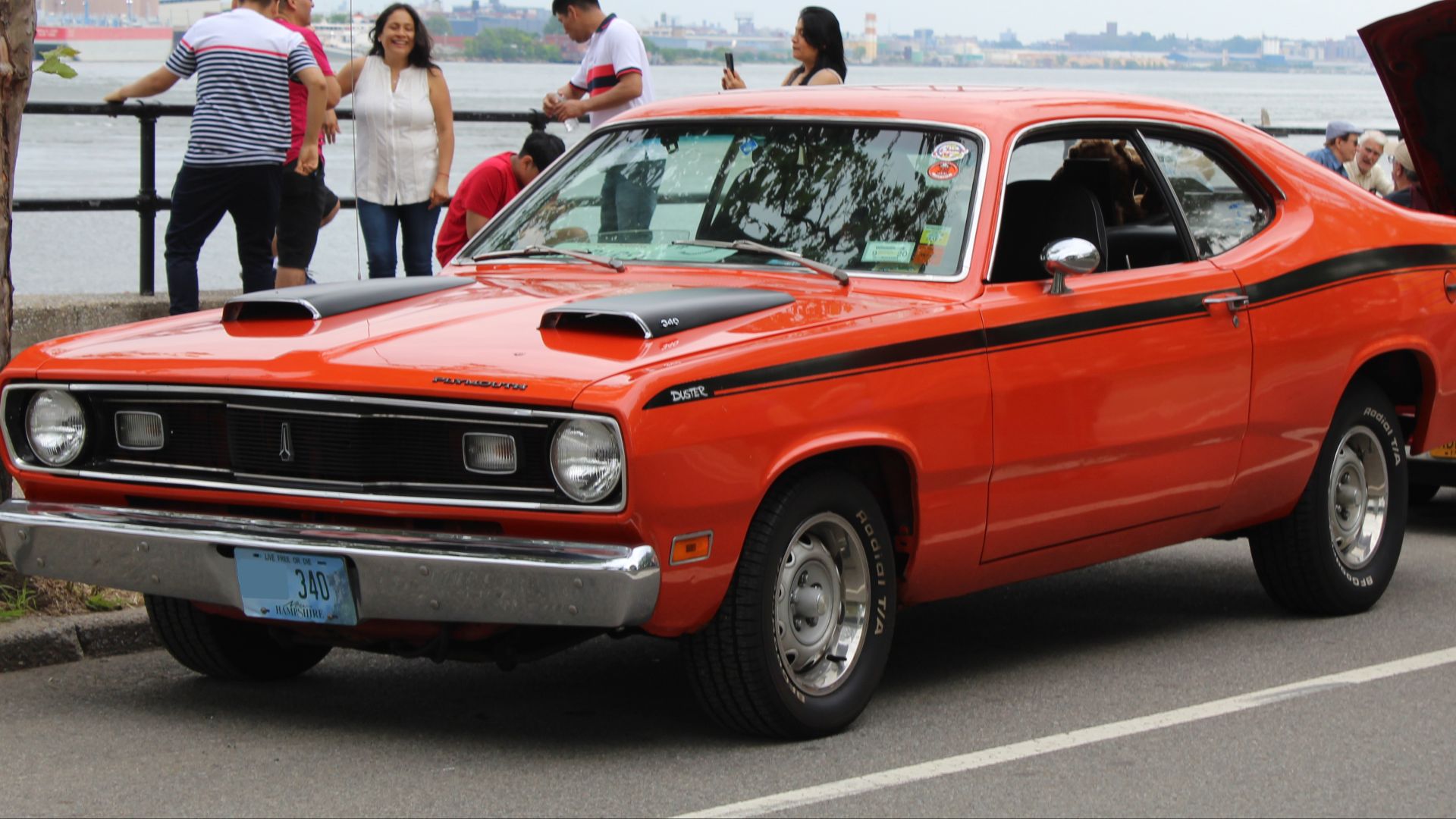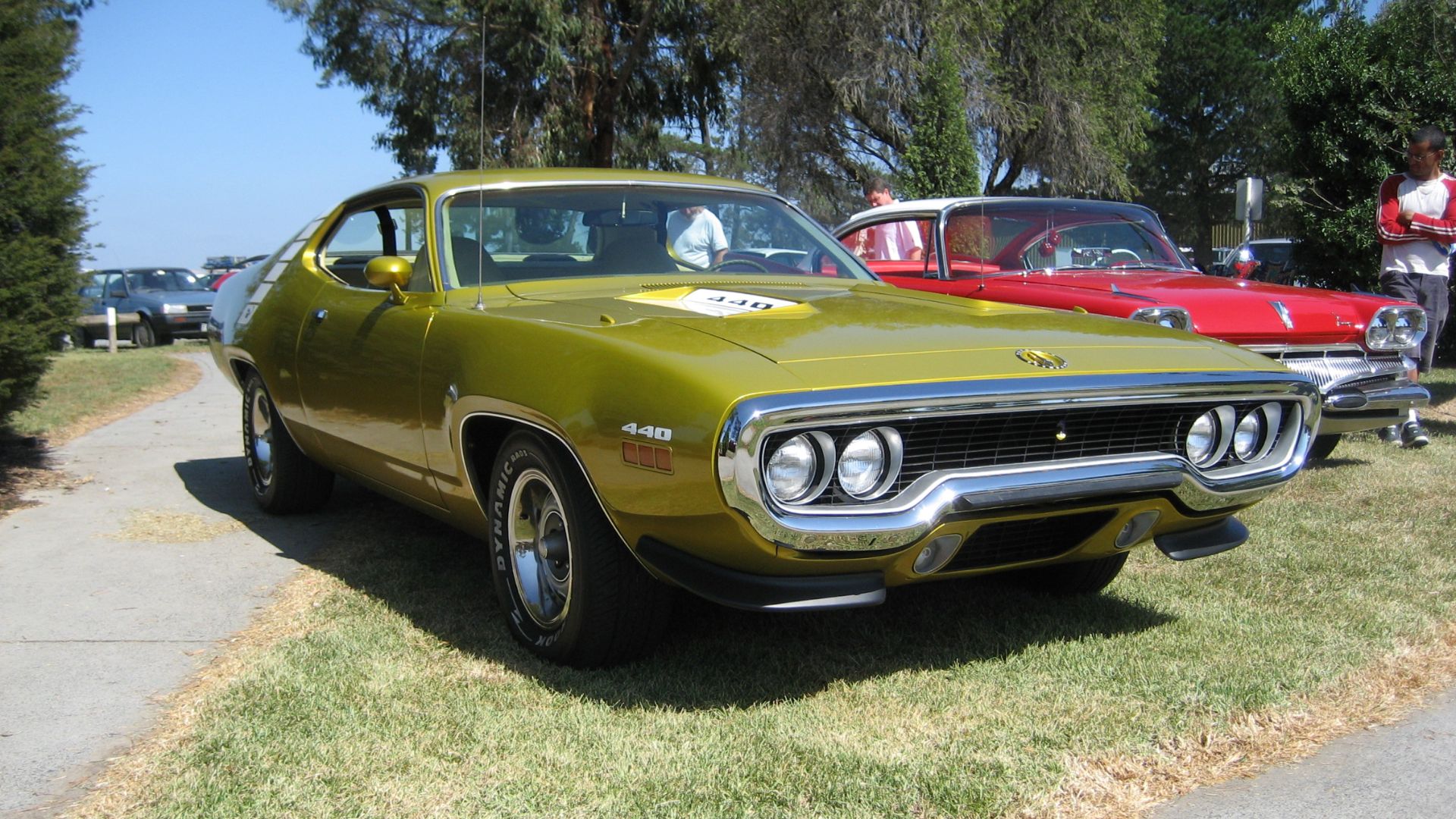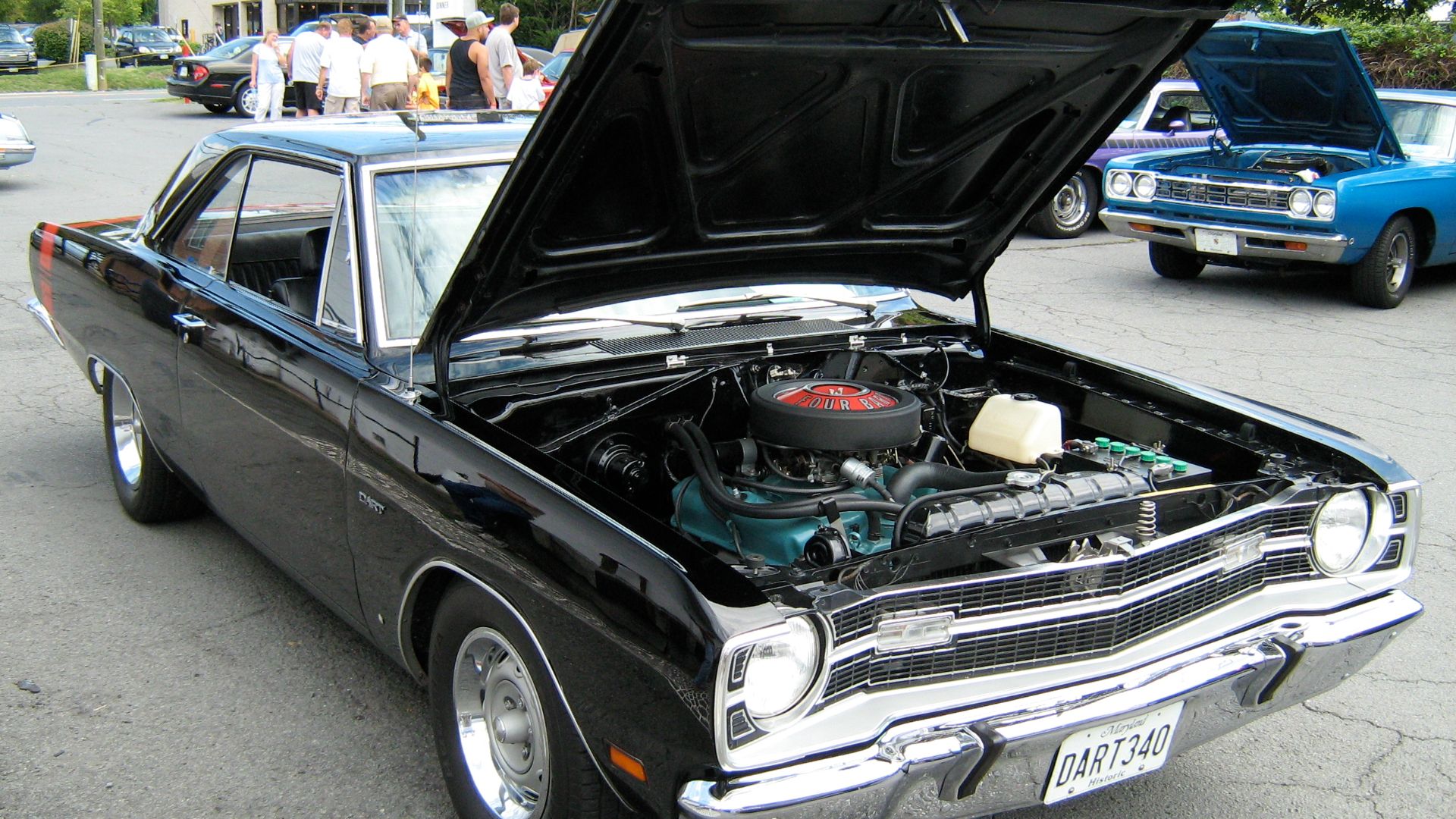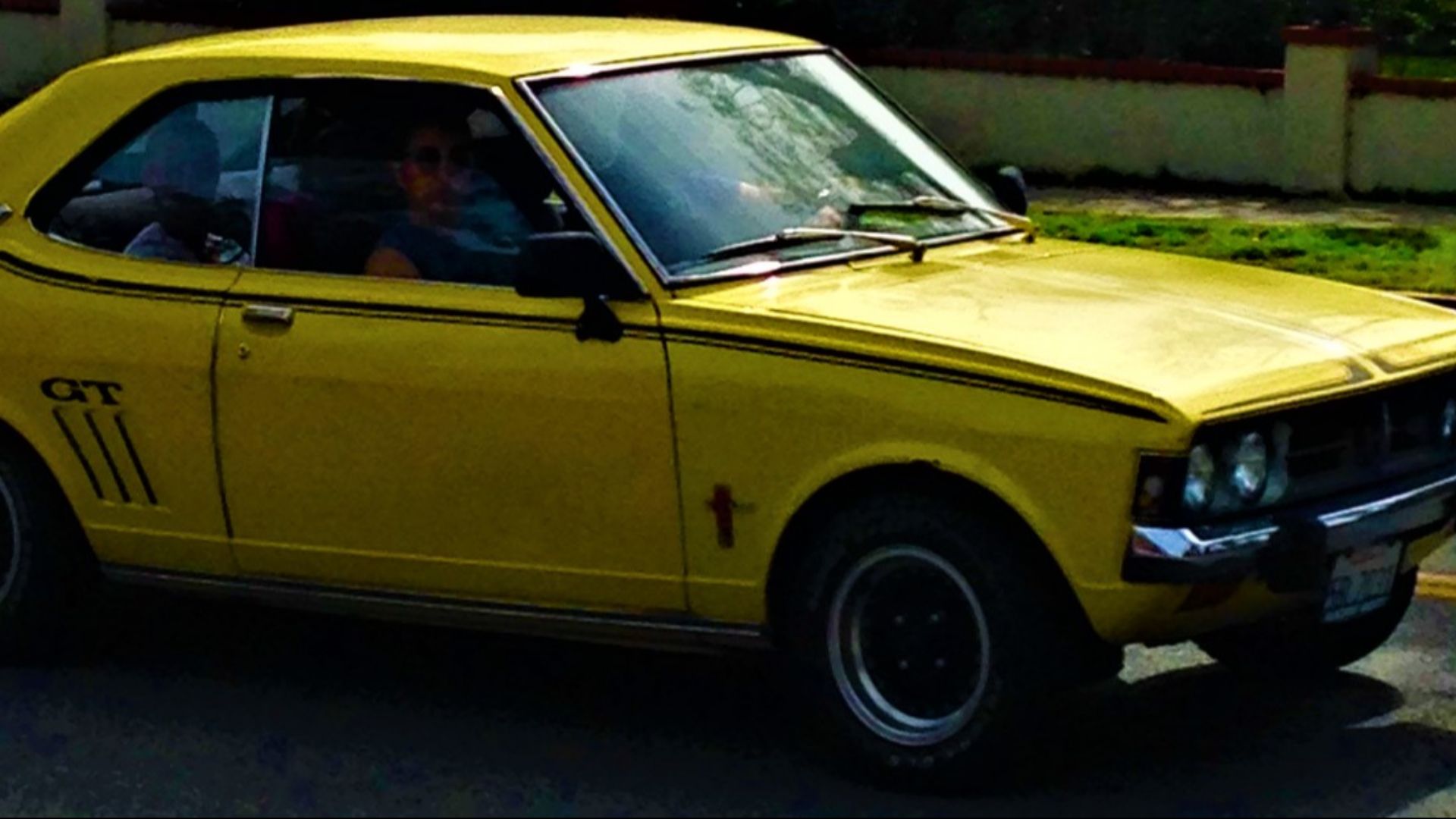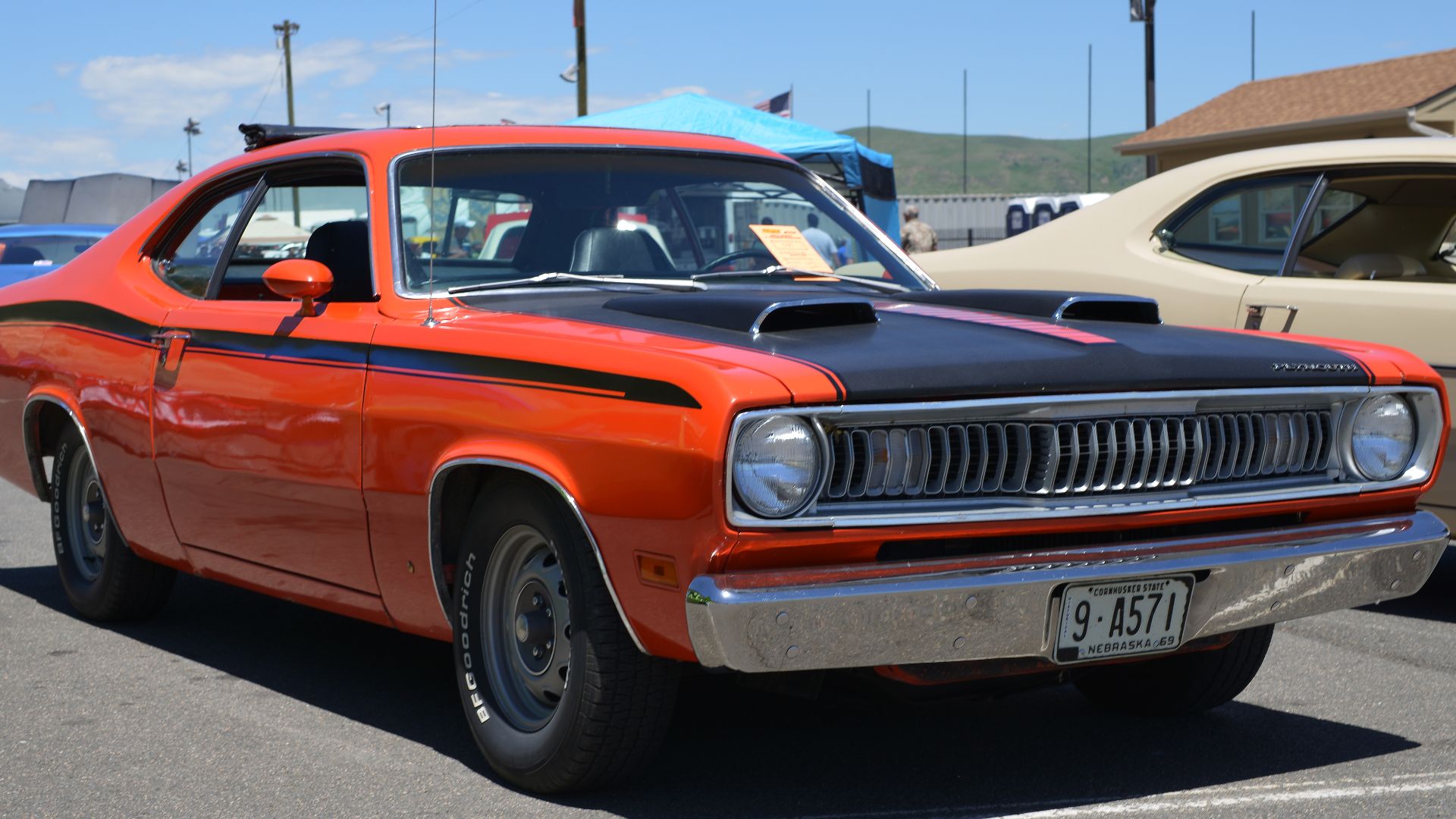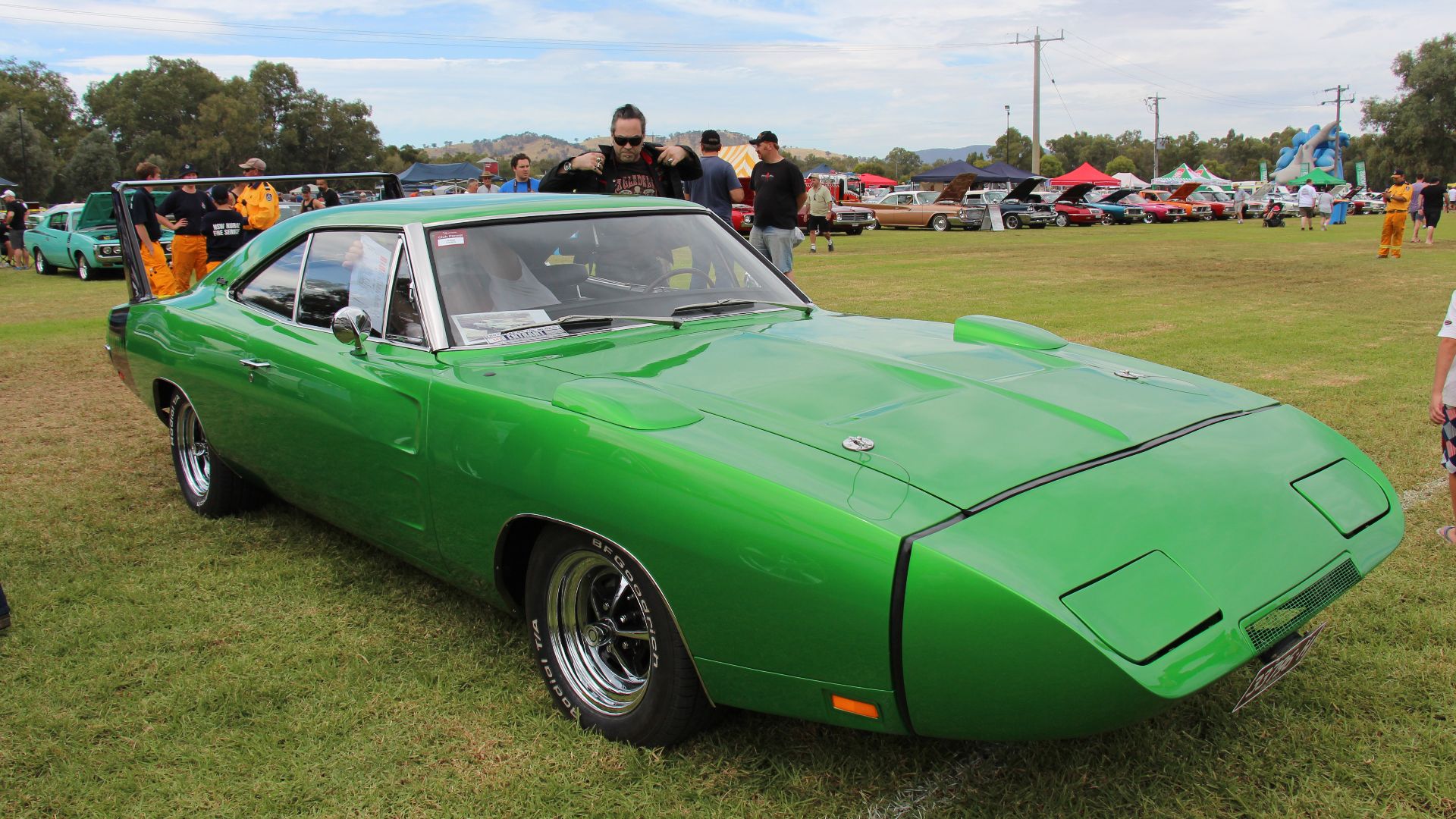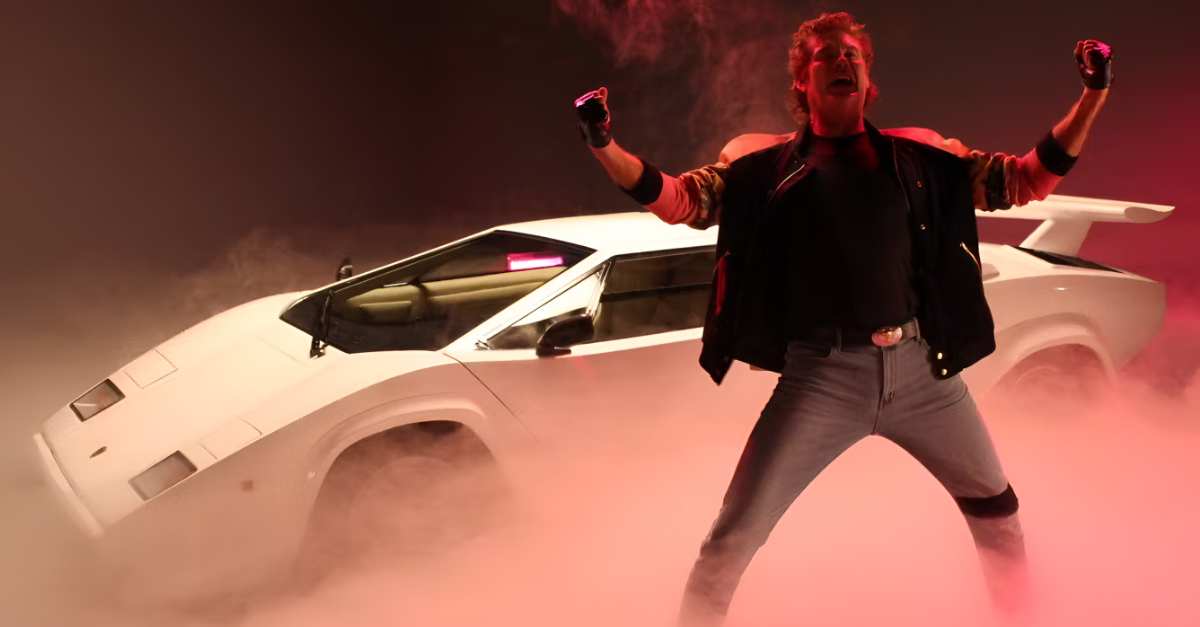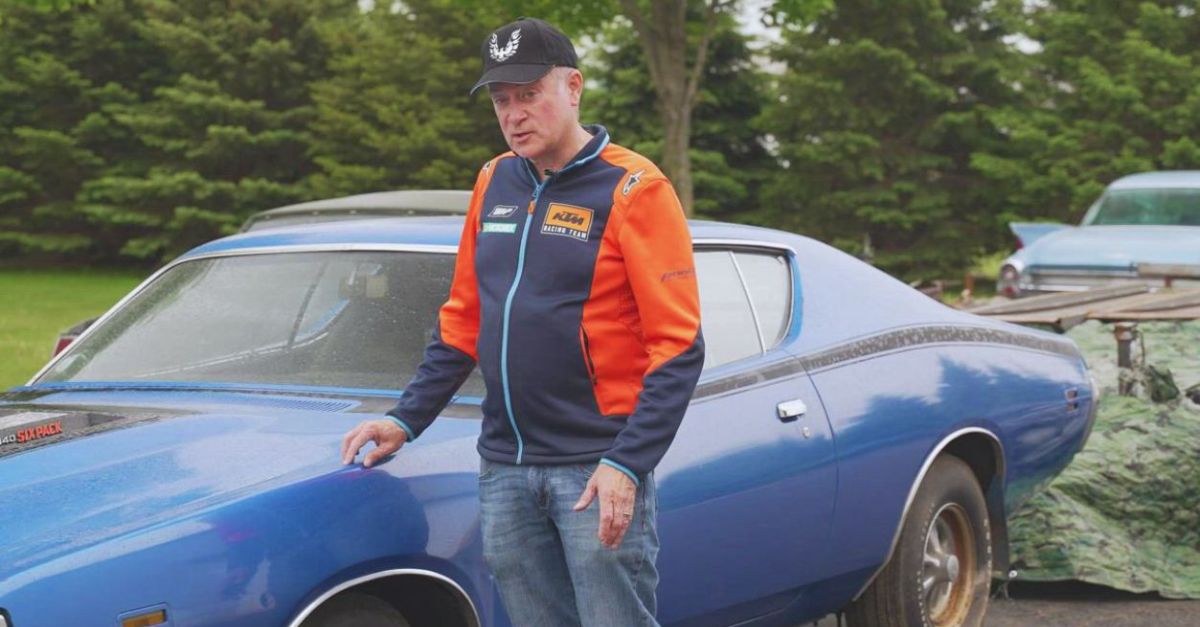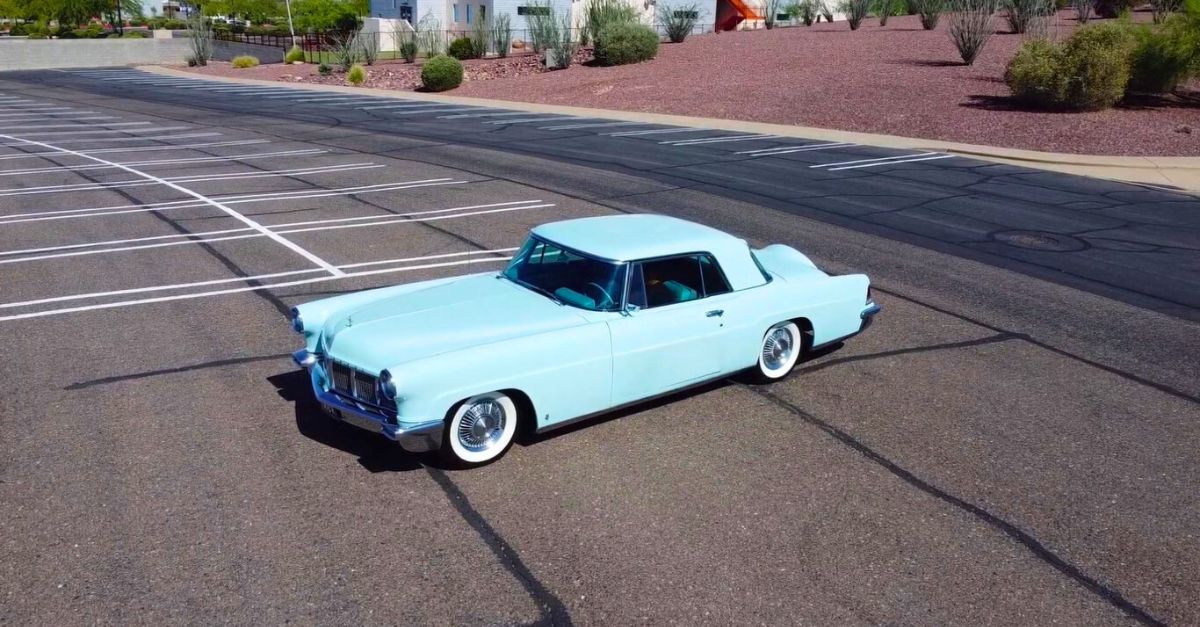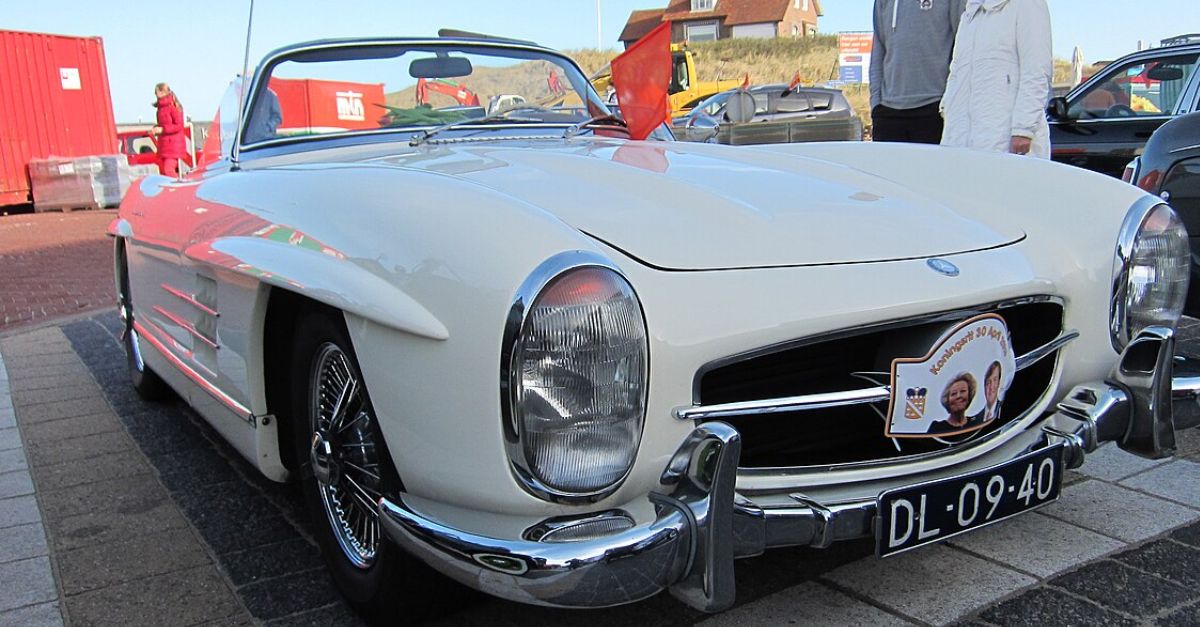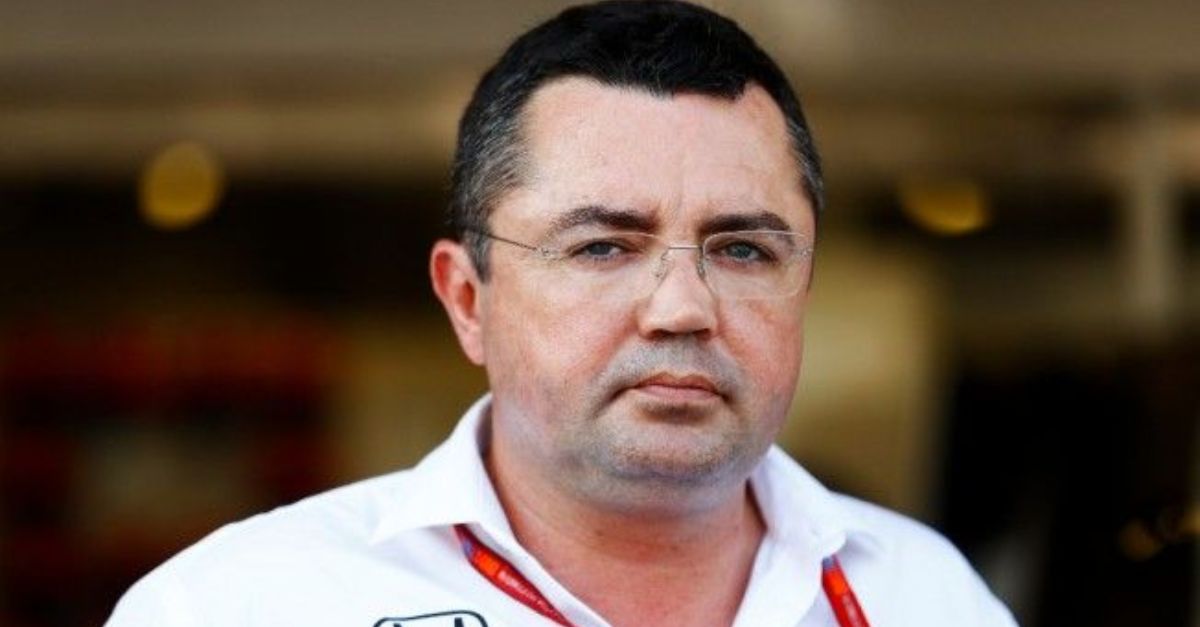The Lost Roar of Mopar Glory
The 1970s were both a golden era and a grim turning point for Mopar muscle. Dodge and Plymouth had just dominated the drag strip and the street—but the oil crisis, emissions laws, and rising insurance rates put the hammer down hard. Still, beneath the smog pumps and chrome bumpers, there were legends born—cars that roared briefly before fading into obscurity. These are the forgotten Mopar legends of the 1970s: fast, fierce, and unfairly forgotten.
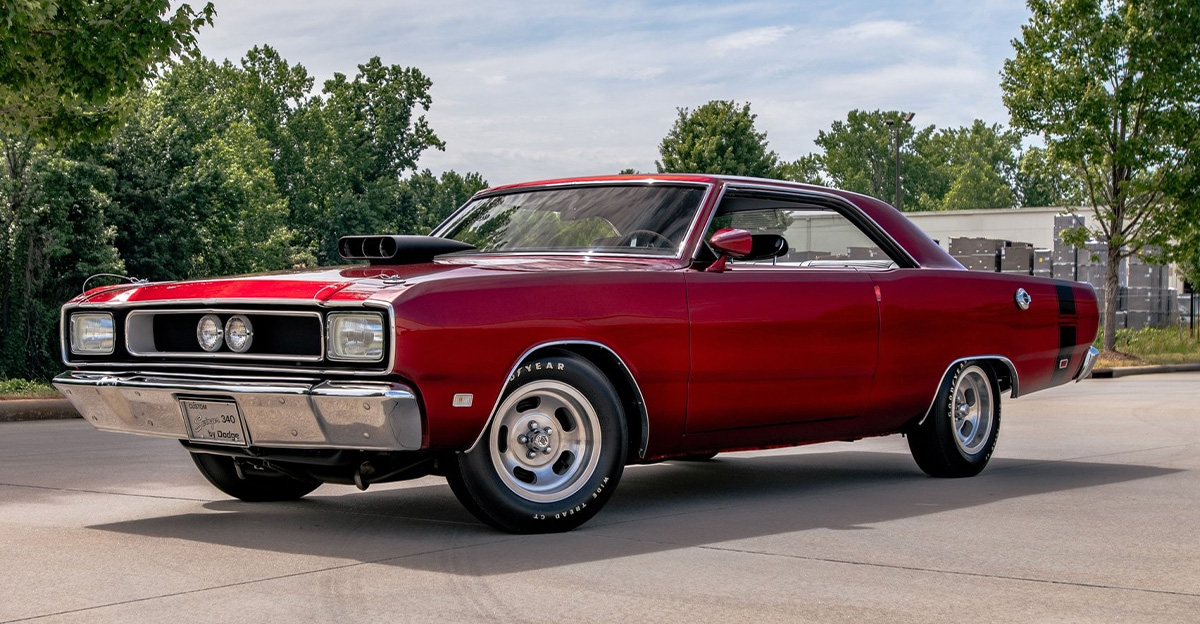
Plymouth Duster 340
The Duster 340 was a budget-friendly brawler that packed serious bite. With a 275-horsepower small-block V8, it embarrassed bigger, pricier rivals. Quick, light, and stripped of frills, the Duster 340 proved you didn’t need a Hemi to have fun. Sadly, by the late ’70s, emissions killed its edge—and the name “Duster” got stuck on econoboxes.
Dodge Demon 340
The Demon 340 took the Duster formula and added attitude. A twin in all but name, it shocked the market with devilish branding that made church groups furious. Under the hood, it ran the same fierce small-block V8, and its 14-second quarter-mile times made it a street legend. By ’73, the “Demon” name was gone, exorcised into the “Dart Sport.”
 Greg Gjerdingen, CC BY 2.0, Wikimedia Commons
Greg Gjerdingen, CC BY 2.0, Wikimedia Commons
Plymouth Road Runner 440+6
The cartoon bird with a mean streak wasn’t just about looks. The 440 Six-Barrel version made over 390 horsepower and could hang with the big Hemi boys. But by 1971, rising insurance costs and emissions strangled it. By mid-decade, the once-proud Road Runner was just a sticker package on a Fury.
Dodge Super Bee (1971)
The last true Super Bee buzzed through 1971 before being swatted by regulations. Based on the Charger that year, it came with wild “loop” graphics and engines ranging up to the mighty 426 Hemi. Few were sold, making it a rare sight today. The name was resurrected decades later, but the sting of the original is gone.
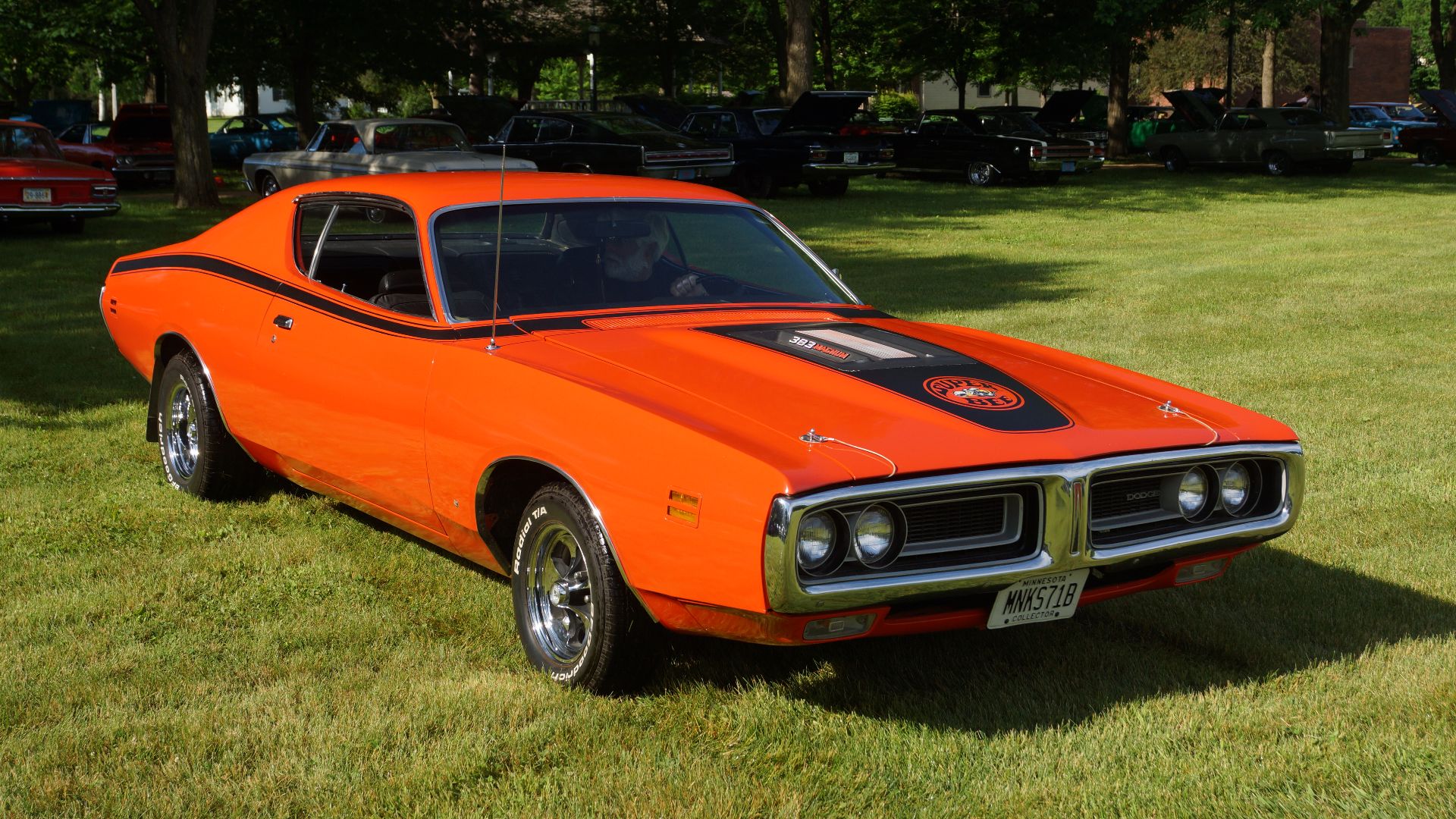 Greg Gjerdingen from Willmar, USA, Wikimedia Commons
Greg Gjerdingen from Willmar, USA, Wikimedia Commons
Plymouth GTX (1971)
Once known as the “Gentleman’s Hot Rod,” the ’71 GTX was a last gasp of true Mopar luxury performance. The redesigned B-body gave it curves, and the 440 was still available—but only just. By 1972, the GTX name faded, replaced by the tamer Road Runner. Class dismissed.
 Greg Gjerdingen from Willmar, USA, Wikimedia Commons
Greg Gjerdingen from Willmar, USA, Wikimedia Commons
Dodge Challenger R/T (1970–1974)
Yes, everyone remembers the Challenger name, but few recall how forgotten the mid-’70s models became. By 1974, the R/T badge was gone, power had dropped to under 250 hp, and the Challenger limped into the sunset. The legend would sleep for decades before roaring back in 2008.
 Jeremy, CC BY 2.0, Wikimedia Commons
Jeremy, CC BY 2.0, Wikimedia Commons
Plymouth Barracuda (1970–1974)
The Barracuda was the other half of the Challenger equation, and in its final years, it suffered the same fate. The ’70 ’Cuda 440-6 and Hemi ’Cuda were beasts—but by ’74, the model barely cracked 240 horsepower. When Plymouth died, so did the ’Cuda’s legacy—until collectors revived it as a million-dollar auction hero.
Dodge Charger SE (1973–1974)
Long before the “Fast & Furious” era, the Charger went luxury. The 1973 SE (Special Edition) traded quarter-mile times for opera windows and velour seats. Mopar fans wept, but these cars kept the name alive through the dark years—making them unsung heroes in hindsight.
Plymouth Satellite Sebring Plus
Essentially a luxury Road Runner, the Satellite Sebring Plus was Plymouth’s attempt to court mature buyers while keeping some muscle. It had handsome lines, plush interiors, and optional 400-cubic-inch power—but it was more grand tourer than dragster. Today, few remember it even existed.
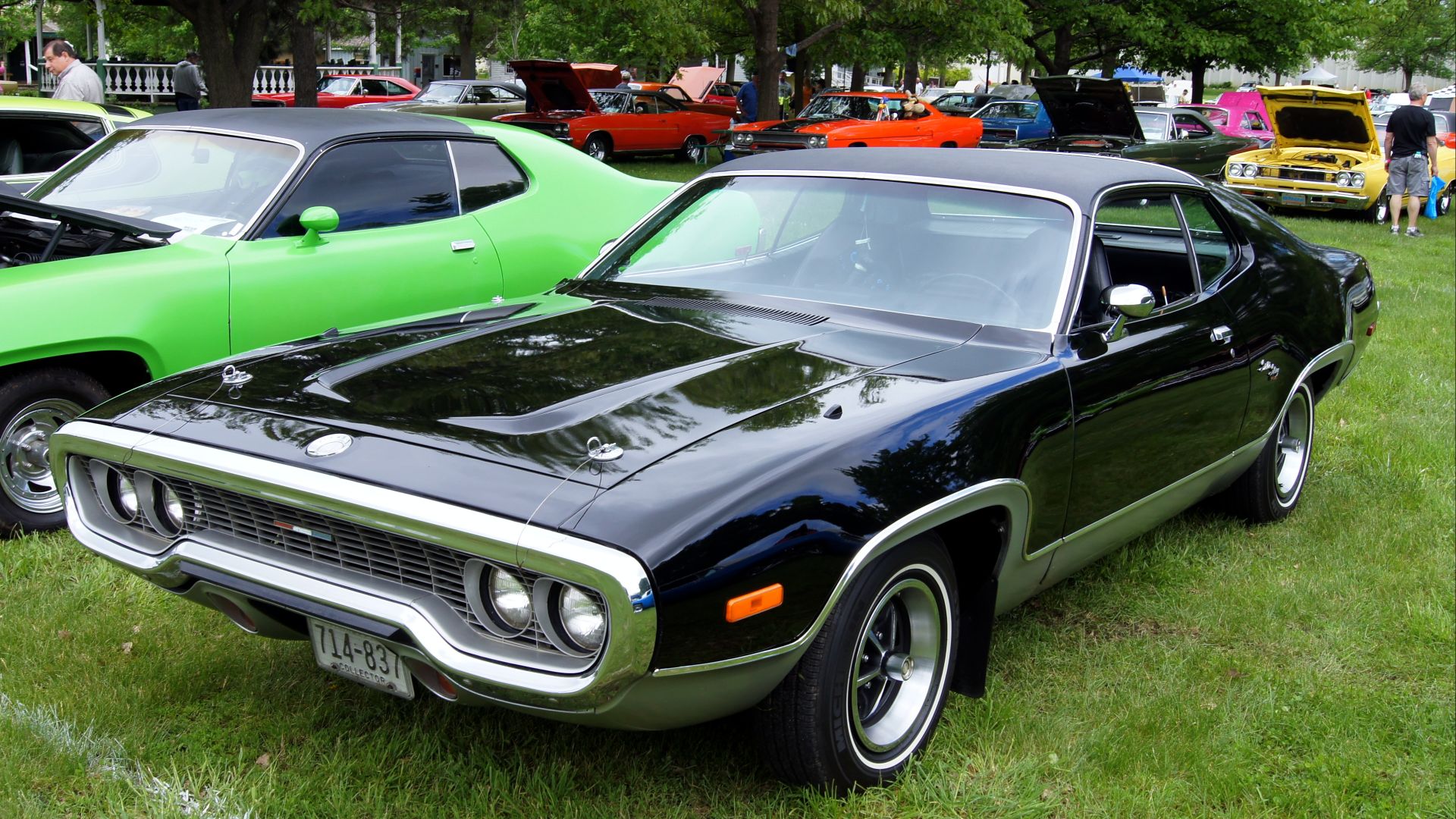 Greg Gjerdingen from Willmar, USA, Wikimedia Commons
Greg Gjerdingen from Willmar, USA, Wikimedia Commons
Dodge Coronet 440
Not to be confused with the 440 engine, the Coronet 440 trim was the “middle child” of Dodge’s lineup. Available with everything from a Slant-Six to a big-block V8, it was the blue-collar hero that could moonlight as a sleeper street machine. Its plain looks make it a rare collectible today.
Plymouth Scamp 340
The Scamp was the polite cousin of the Duster, but in 1973 you could order it with the 340 V8—and that made it wicked. Compact, light, and unassuming, it could eat small-block Mustangs for breakfast. Sadly, few buyers knew it existed, and fewer survived unmodified.
Dodge Dart Swinger 340
Before the compact car craze, Dodge had a street terror hiding under a mild name: the Dart Swinger 340. It was cheap, fast, and totally overlooked. Even with muscle dying everywhere else, the Swinger kept swinging—until stricter emissions rules finally killed the fun.
Plymouth Fury GT
A full-size coupe with a bad attitude, the 1970 Fury GT was a rare muscle luxury car. With a 440 under the hood and highway gears, it was more of a grand tourer than a dragstrip brute—but it had Mopar soul. By mid-decade, the Fury was strictly for grandpas, and the GT was forgotten.
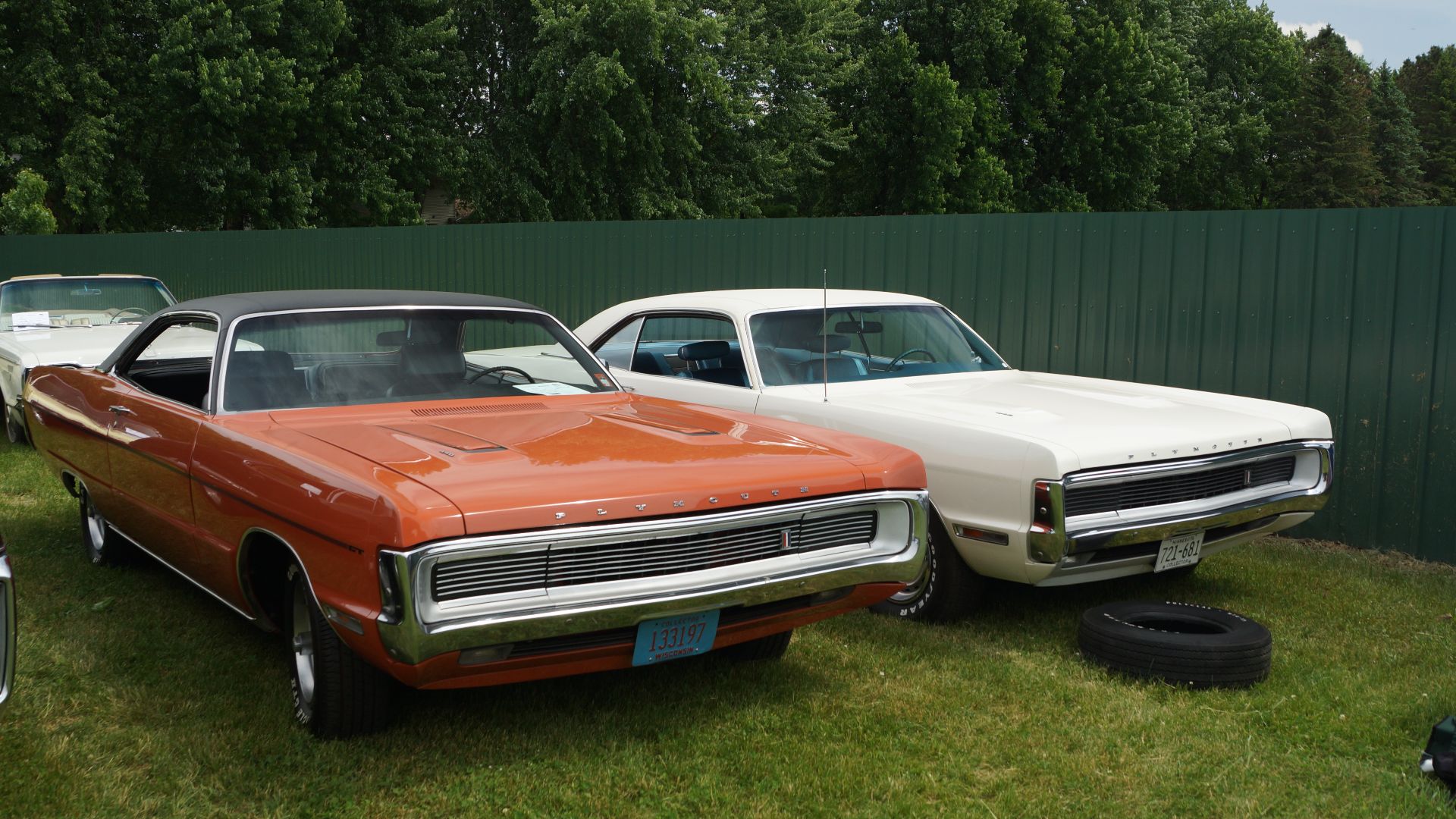 Greg Gjerdingen from Willmar, USA, Wikimedia Commons
Greg Gjerdingen from Willmar, USA, Wikimedia Commons
Dodge Polara 500
The Polara 500 offered performance luxury in an era that didn’t know what to do with it. You could spec a 440 Magnum in a car that looked like a highway cruiser. The result? A stealthy sleeper that almost no one remembers. Think of it as Dodge’s forgotten Impala SS.
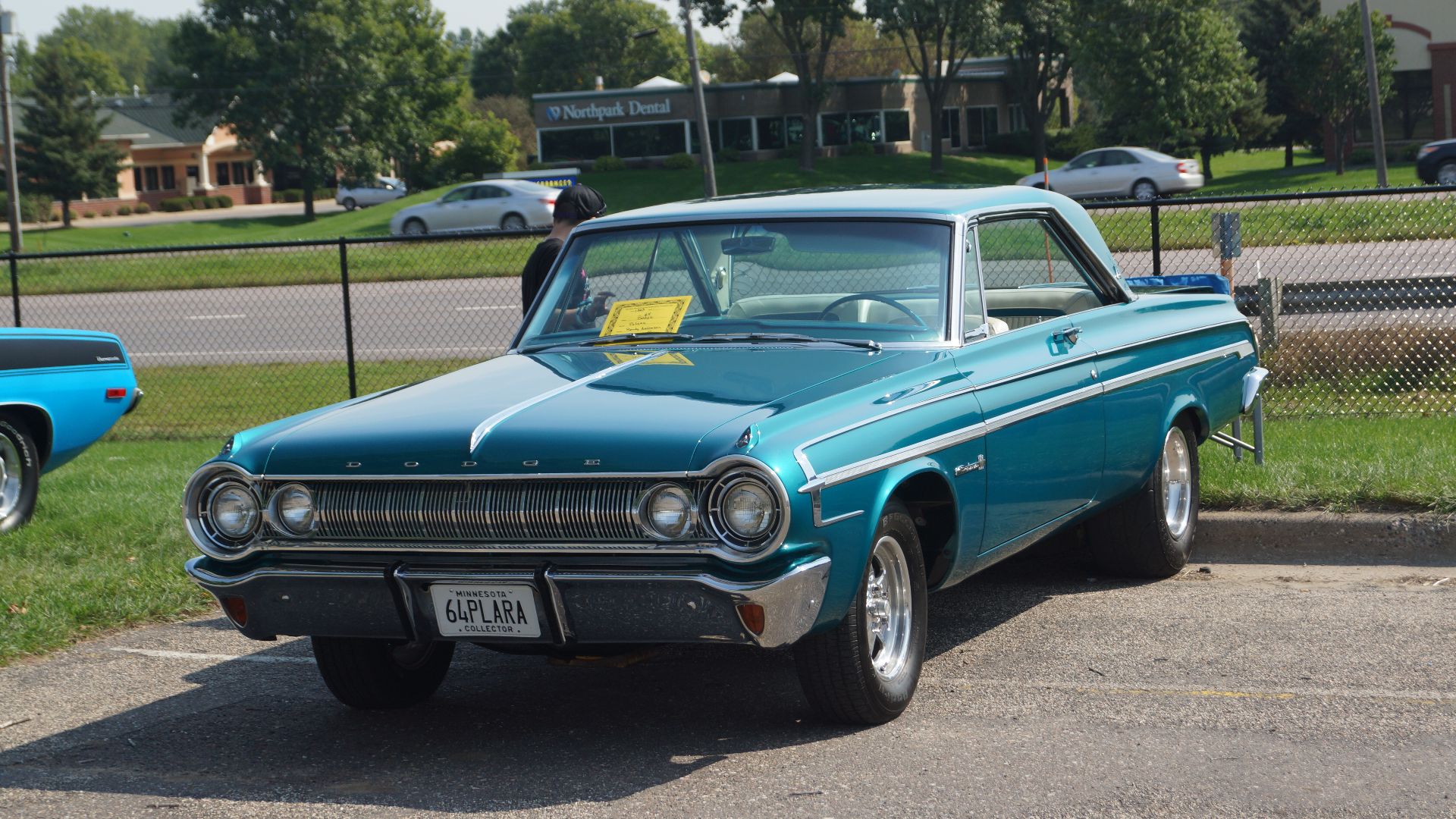 Greg Gjerdingen from Willmar, USA, Wikimedia Commons
Greg Gjerdingen from Willmar, USA, Wikimedia Commons
Plymouth Cricket
Mopar’s attempt at a small import fighter, the Cricket was a rebadged British Hillman Avenger. It was meant to compete with Datsuns and Toyotas—but it was fragile and underpowered. Mopar muscle fans hated it, and history has tried hard to erase it. Still, it’s a quirky footnote in the 1970s Mopar saga.
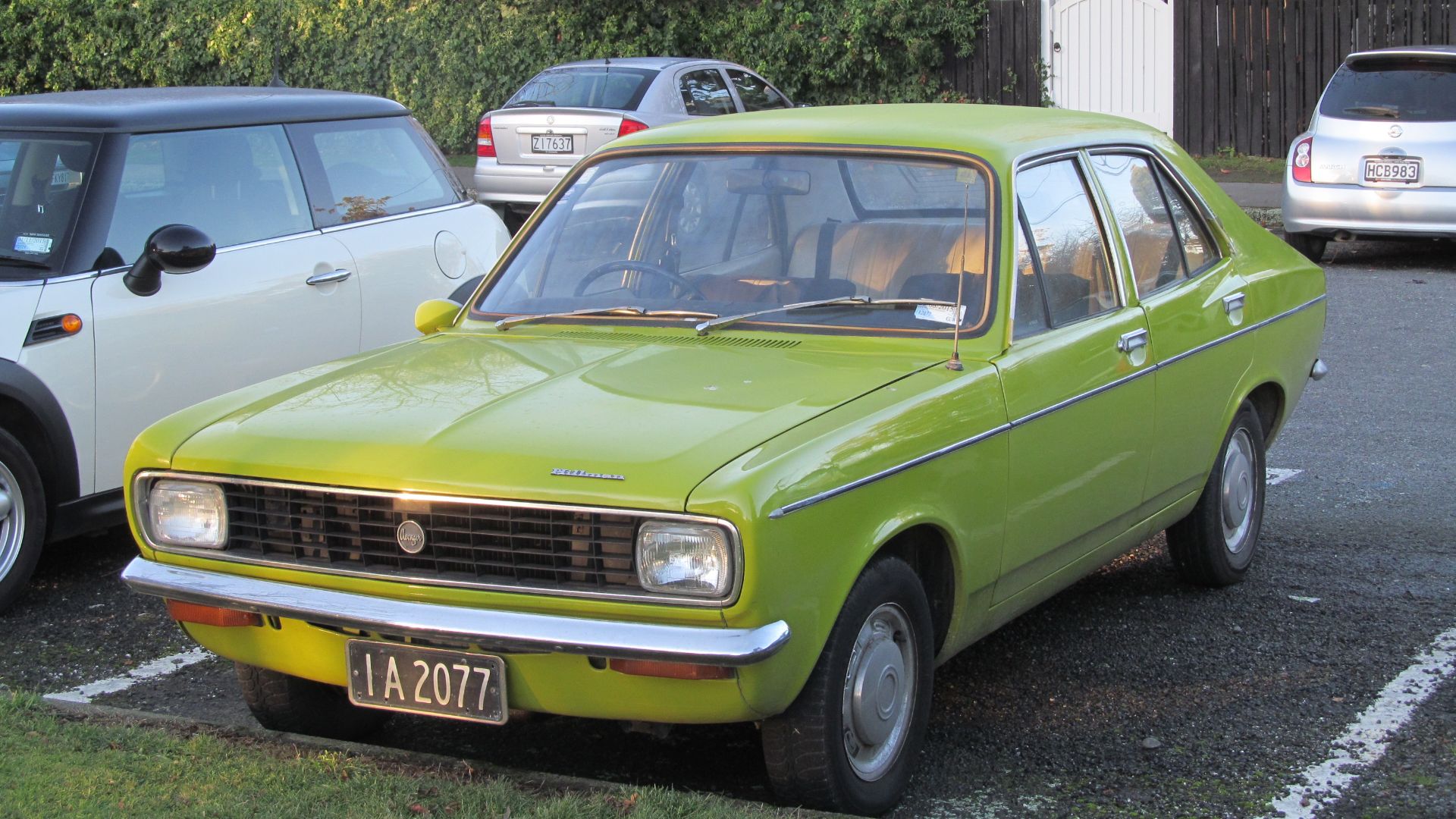 Riley from Christchurch, New Zealand, Wikimedia Commons
Riley from Christchurch, New Zealand, Wikimedia Commons
Dodge Colt GT
Imported from Mitsubishi, the Colt GT offered a taste of performance in a gas-crisis world. Lightweight and zippy for its time, it was Mopar’s early experiment with small, efficient fun. The name would return in the ’80s—but few remember its 1970s origins.
Plymouth Arrow GS
Another Mitsubishi import, the Arrow GS actually looked sharp and offered decent power for the late ’70s—especially in Fire Arrow form. But with under 110 hp, it was hardly a true muscle car. Still, it showed Mopar’s adaptability when the V8 era went dark.
 dave_7 from Canada, Wikimedia Commons
dave_7 from Canada, Wikimedia Commons
Dodge Monaco 440
Best known as the “Bluesmobile,” the Dodge Monaco once offered serious power. The 1971 version could be optioned with a 440, giving this full-size sedan genuine street presence. By mid-decade, though, the Monaco was just a cop car. Ironically, that role helped it achieve cult status later.
 Greg Gjerdingen from Willmar, USA, Wikimedia Commons
Greg Gjerdingen from Willmar, USA, Wikimedia Commons
Plymouth Valiant Duster Twister
The Twister package gave the humble Valiant Duster sporty looks without the insurance pain. Stripes, scoops, and spoilers made it look fast—but under the hood, it was often a mild small-block or six-cylinder. Still, for teenage hot-rodders, it was the coolest car they could afford.
Dodge Charger Daytona (1970 Holdover)
Technically born in ’69, but sold into 1970, the Charger Daytona’s aerodynamic design and massive wing made it a legend that quickly faded. NASCAR banned the aero-warriors, and dealers couldn’t move them. Today, those unsold “forgotten” Daytonas are worth small fortunes.
Plymouth Sport Fury GT
One of Mopar’s most stylish sleepers, the Sport Fury GT combined long, sleek looks with legitimate V8 muscle. Available with a 440, it could hustle despite its size. But by 1971, the writing was on the wall for full-size performance.
 Greg Gjerdingen from Willmar, USA, Wikimedia Commons
Greg Gjerdingen from Willmar, USA, Wikimedia Commons
Dodge Aspen R/T
Remembered by few, the Aspen R/T tried to bring the muscle spirit to the Malaise Era. With stripe kits and a 360 V8, it had the looks—but not quite the bite. Still, it deserves credit as one of the last true Mopar performance packages before the 1980s reboot.
 Greg Gjerdingen from Willmar, USA, Wikimedia Commons
Greg Gjerdingen from Willmar, USA, Wikimedia Commons
Plymouth Volaré Road Runner
By the late ’70s, Plymouth had rebranded its once-mighty Road Runner on the compact Volaré platform. It looked the part—with spoilers and graphics—but the performance was gone. Still, it kept the name alive long enough for enthusiasts to remember the glory days.
Dodge Magnum XE
The late-’70s Dodge Magnum tried to blend NASCAR styling with luxury features. With a 400-cubic-inch V8 and T-top options, it was pure disco-era cool. It even served as Richard Petty’s NASCAR base car for a season. Sadly, few cared—and fewer survived.
 Mr.choppers, Wikimedia Commons
Mr.choppers, Wikimedia Commons
Plymouth Trailduster
Yes, Mopar made a proper 4x4! The Plymouth Trailduster was a twin to the Dodge Ramcharger—rugged, removable-top, and surprisingly capable. It was Plymouth’s rare venture into off-road fun before the brand faded entirely.
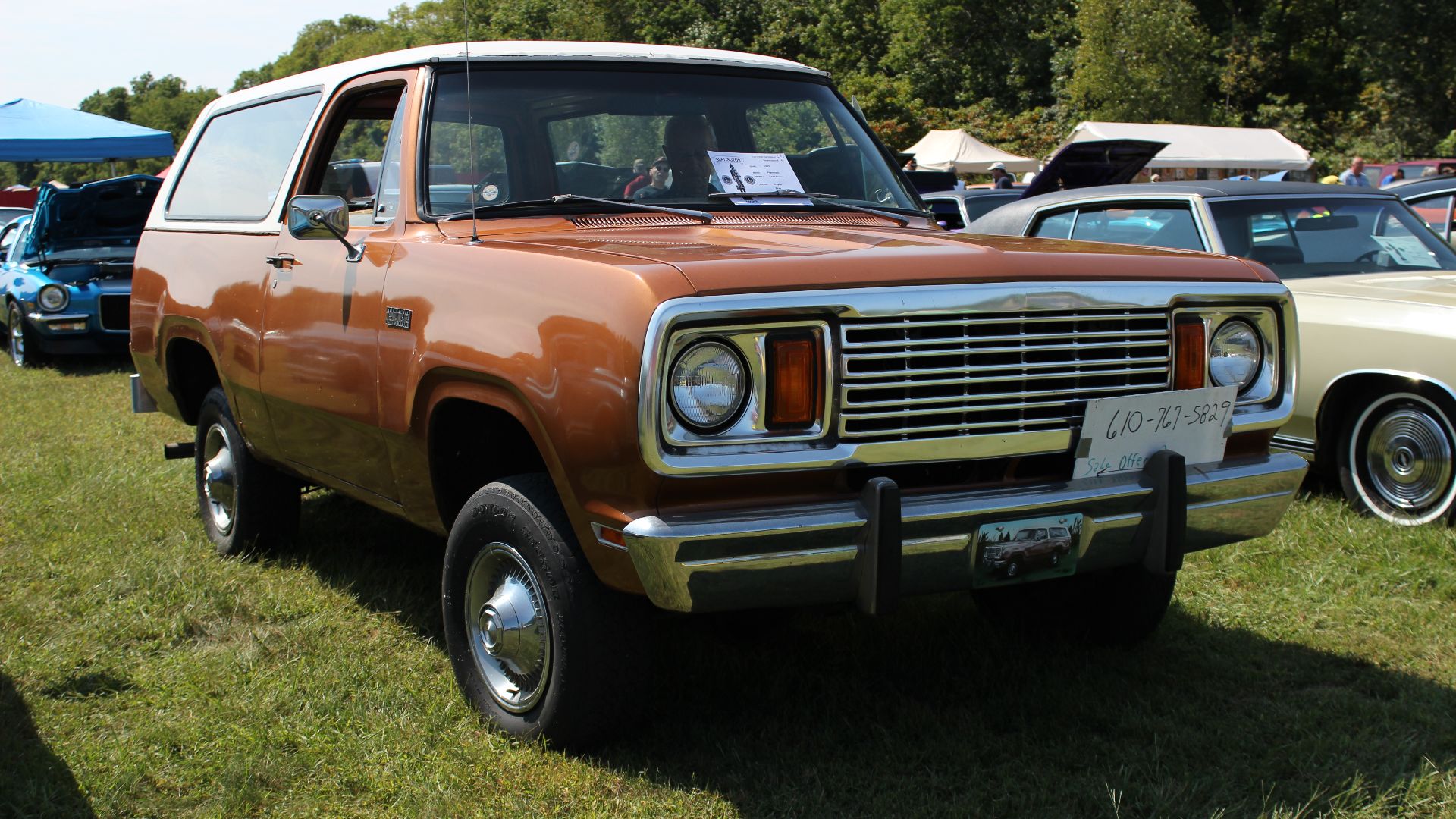 ilikewaffles11, Wikimedia Commons
ilikewaffles11, Wikimedia Commons
The Last Roar Of The Forgotten Beasts
By the time the 1980s dawned, most of these Mopar machines were gone—casualties of emissions, economy, and changing tastes. But for a brief, glorious decade, they defined what it meant to drive with attitude. Today, every survivor is a rolling time capsule—a reminder that even the forgotten Mopars once ruled the road with unfiltered power and soul.
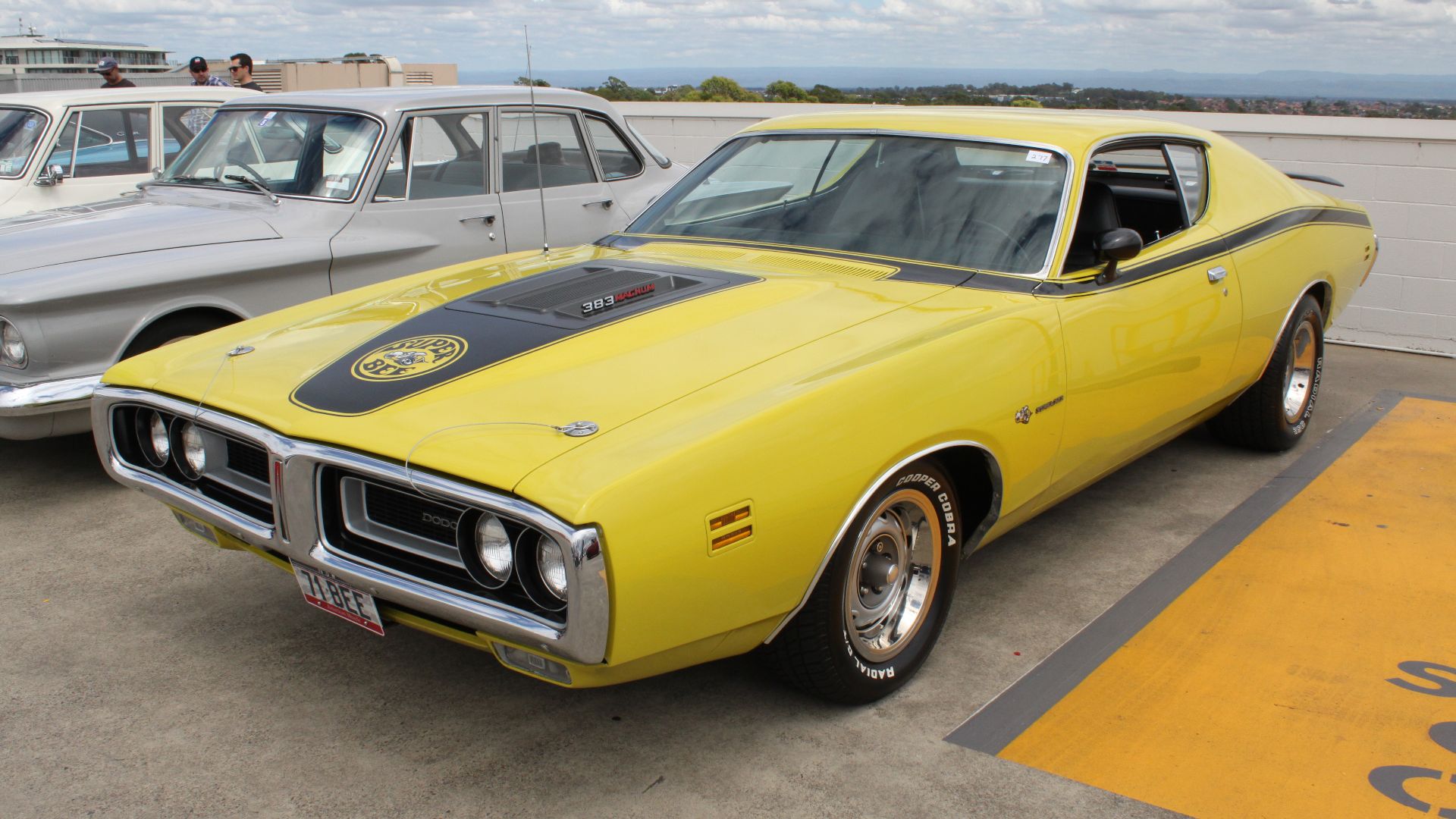 Jeremy from Sydney, Australia, Wikimedia Commons
Jeremy from Sydney, Australia, Wikimedia Commons
You May Also Like:
Pickup Trucks That Hold Their Value The Longest, According To Dealerships
These Used Cars Are Still A Great Buy In 2025


